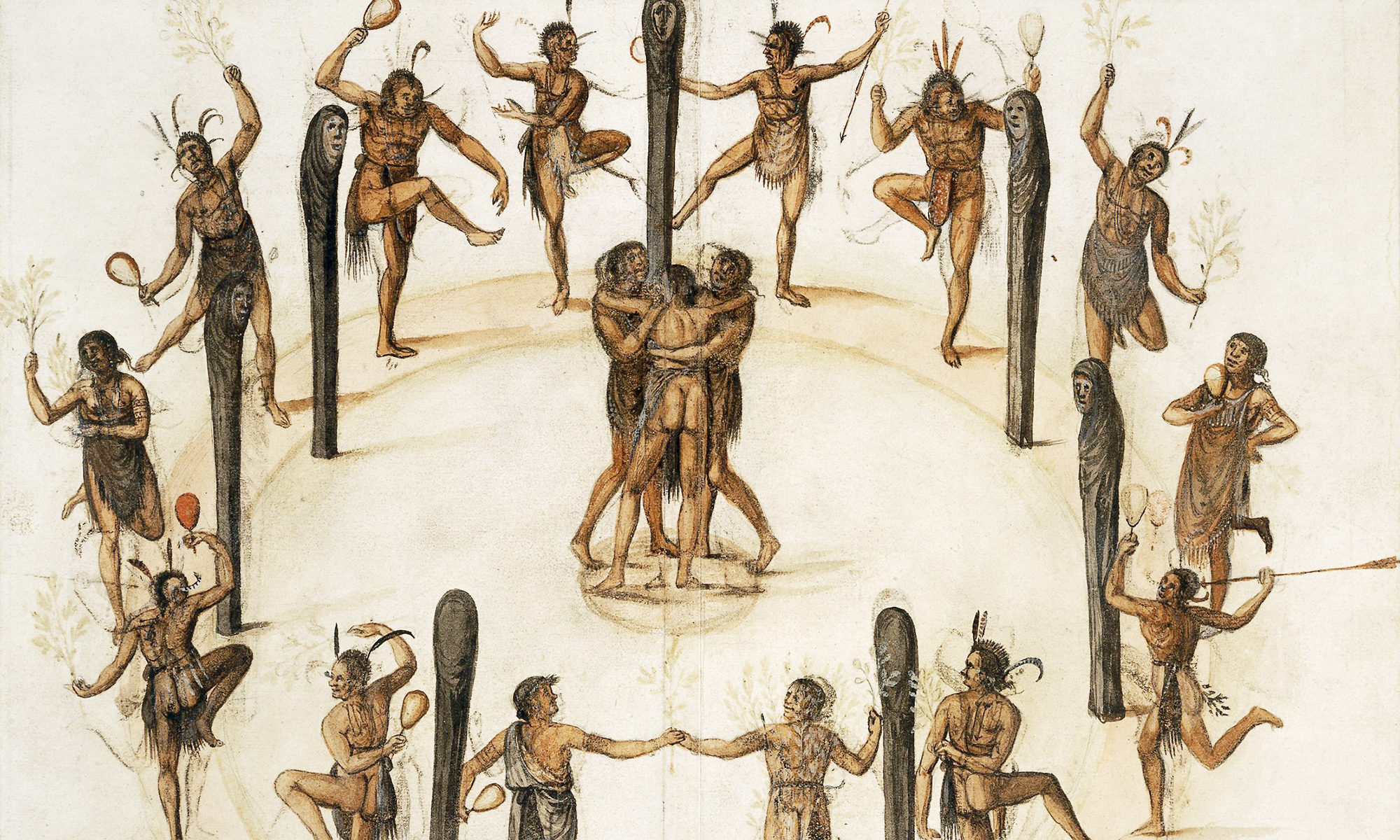Ongoing investigation by Jayden Chapelsales.
The wendigo is a mythological creature or evil spirit from the folklore of the First Nations Algonquian tribes based in the northern forests of Nova Scotia, the East Coast of Canada, and Great Lakes Region of Canada and the United States. The wendigo is described as a monster with some characteristics of a human or as a spirit who has possessed a human being and made them become monstrous. Its influence is said to invoke acts of murder, insatiable greed, cannibalism and the cultural taboos against such behaviors.
The creature lends its name to the controversial modern medical term Wendigo psychosis, described by psychiatrists as a culture-bound syndrome with symptoms such as an intense craving for human flesh and fear of becoming a cannibal. In some Indigenous communities, environmental destruction and insatiable greed are also seen as a manifestation of Wendigo psychosis.
In addition to denoting a cannibalistic monster from certain traditional folklore, some Native Americans also understand the wendigo conceptually. As a concept, the wendigo can apply to any person, idea, or movement infected by a corrosive drive toward self-aggrandizing greed and excessive consumption, traits that sow disharmony and destruction if left unchecked. Ojibwe scholar Brady DeSanti asserts that the wendigo “can be understood as a marker indicating a person imbalanced both internally and toward the larger community of human and spiritual beings around them.” Out of equilibrium and estranged by their communities, individuals thought to be afflicted by the wendigo spirit unravel and destroy the environmental balance around them. Chippewa author Louise Erdrich’s novel The Round House, winner of the National Book Award, depicts a situation where an individual person becomes a wendigo. The novel describes its primary antagonist, a rapist whose violent crimes desecrate a sacred site, as a wendigo who must be killed because he threatens the reservation’s safety.
In addition to characterizing individual people who exhibit destructive tendencies, the wendigo can also describe movements and events with similarly negative effects. According to professor Chris Schedler, the figure of the wendigo represents “consuming forms of exclusion and assimilation” through which groups dominate other groups.” This application allows Native Americans to describe colonialism and its agents as wendigos, since the process of colonialism ejected natives from their land and threw the natural world out of balance. DeSanti points to the 1999 horror film Ravenous as an illustration of this argument equating “the cannibal monster” to “American colonialism and manifest destiny”. This movie features a character who articulates that expansion brings displacement and destruction as side effects, explaining that “manifest destiny” and “western expansion” will bring “thousands of gold-hungry Americans over the mountains in search of new lives. This country is seeking to be whole. Stretching out its arms and consuming all it can. And we merely follow”. For a more detailed exploration linking wendigo attributes to colonialism, see Jack D. Forbes’s 1978 book Columbus and Other Cannibals, which was an influential text in the American Indian Movement.
As a concept, wendigo can apply to situations other than some Native American-European relations. It can serve as a metaphor explaining any pattern of domination by which groups subjugate and dominate or violently destroy and displace. Joe Lockhard, English professor at Arizona State University, argues that wendigos are agents of “social cannibalism” who know “no provincial or national borders; all human cultures have been visited by shape shifting wendigos. Their visitations speak to the inseparability of human experience . . . National identity is irrelevant to this borderless horror”. Lockhard’s ideas explain that wendigos are an expression of a dark aspect of human nature: the drive toward greed, consumption, and disregard for other life in the pursuit of self-aggrandizement.

